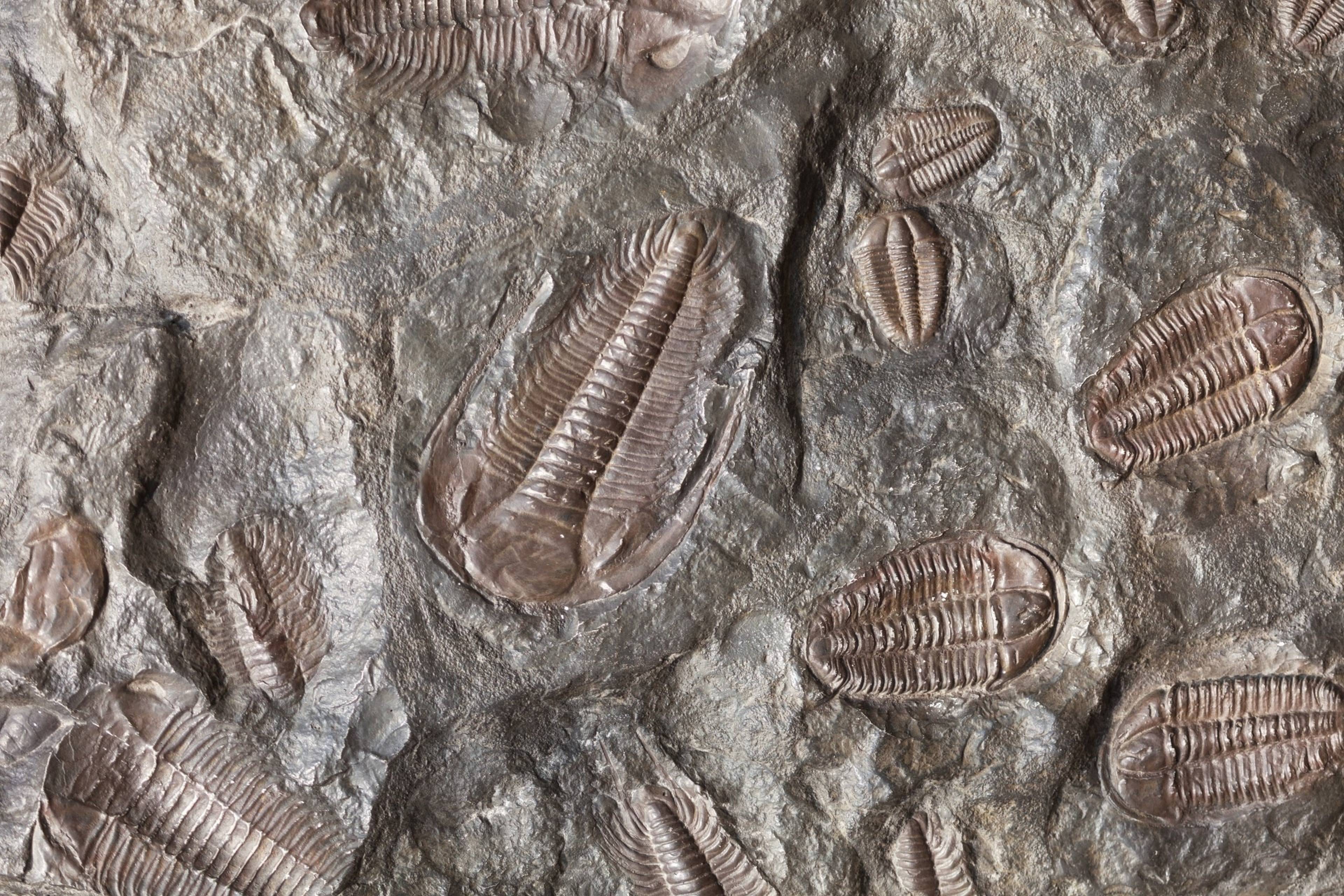Jayme Blaschke | December 1, 2023

New research conducted in part at Texas State University has identified 10 previously unknown species of trilobites, hidden for 490 million years in a little-studied part of Thailand. These and 30 other species of trilobites the researchers found there could be the missing pieces in an intricate puzzle of ancient world geography.
Lead author Shelly J. Wernette, Ph.D., a senior lecturer in the Department of Geography and Environmental Studies at Texas State, along with co-authors Nigel Hughes, Ph.D., a professor in the Department of Earth and Planetary Sciences at the University of California, Riverside; Paul Myrow, Ph.D., a professor in the Department of Geology at Colorado College; and Apsorn Sardsud, director of mineral resources for the Division of Analysis and Identification at the Department of Mineral Resources in Bangkok, Thailand, published their findings, “Trilobites of Thailand's Cambrian–Ordovician Tarutao Group and their geological setting,” in the journal Papers in Palaeontology.
Trilobites are extinct sea creatures that rolled up like some types of armadillos or rolly pollies and breathed through their legs. Fossils of the creatures were trapped in sandstone between layers of petrified ash, created by volcanic eruptions that settled on the sea floor and formed a green layer called a tuff. Unlike some other kinds of rocks or sediment, tuffs contain crystals of zircon — a mineral that formed during eruptions and are, as the name of the rock layer containing them suggests, tough. Zircon is chemically stable as well as heat and weather resistant. It is hard as steel and persists when minerals in other kinds of rocks erode. Inside these resilient zircon crystals, individual atoms of uranium gradually decay and transform into atoms of lead.
Radio isotope techniques enable researchers to determine when the zircon crystals formed and thus put a date range to the volcanic eruption that laid down the tuff formation.
“The tuffs will allow us to not only determine the age of the fossils we found in Thailand, but to better understand parts of the world like China, Australia and even North America where similar fossils have been found in rocks that cannot be dated,” Wernette said.
The fossils were uncovered on the coast of an island called Ko Tarutao. It is about 40 minutes southwest from the mainland by boat and is part of an UNESCO geopark site that has encouraged international teams of scientists to work in this area.
For Wernette, the most interesting discovery were 12 types of trilobites that have been seen in other parts of the world, but never in Thailand before. “We can now connect Thailand to parts of Australia, a really exciting discovery.”
During the trilobites’ lifetime, this region was on the outer margins of Gondwanaland, an ancient supercontinent that included Africa, India, Australia, South America and Antarctica.
One of the new trilobite species is named in honor of Thai Royal Princess Maha Chakri Sirindhorn for her steadfast dedication to developing the sciences in Thailand. “I also thought this species had a regal quality,” Wernette said. “It has a broad headdress and clean sweeping lines.”
If researchers can get a date from the tuffs containing her namesake species, Tsinania sirindhornae, and determine when they lived, they may be able to say that closely related species of Tsinania found in northern and southern China are roughly the same age.
“Because continents shift over time, part of our job has been to work out where this region of Thailand was in relation to the rest of Gondwanaland,” Hughes said. “It’s a moving, shape shifting, 3D jigsaw puzzle we’re trying to put together. This discovery will help us do that.
“What we have here is a chronicle of evolutionary change accompanied by extinctions. The Earth has written this record for us, and we’re fortunate to have it,” Hughes said. “The more we learn from it the better prepared we are for the challenges we’re engineering on the planet for ourselves today.”
Share this article
For more information, contact University Communications:Jayme Blaschke, 512-245-2555 Sandy Pantlik, 512-245-2922 |
